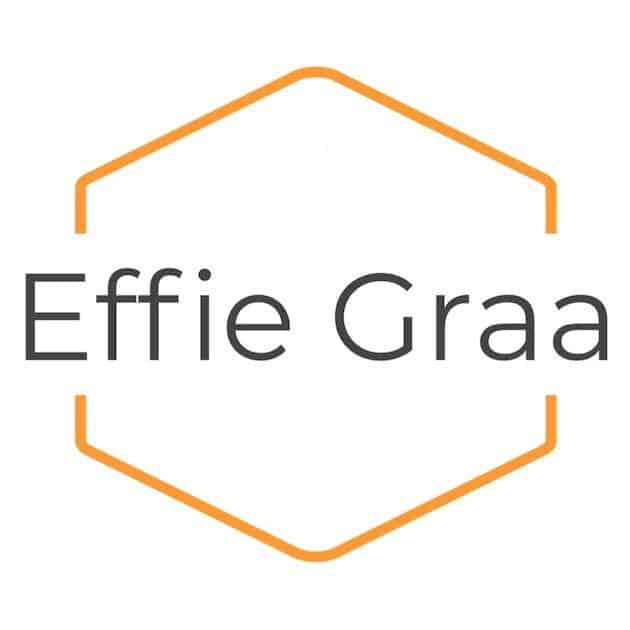
Björn Weckström (b. 1935)
Björn Weckström: Master of Finnish Art and Design
Björn Weckström, born in 1935 in Helsinki, Finland, is a visionary artist and designer renowned for his transformative contributions to both jewelry design and sculpture. His work transcends traditional boundaries, merging the raw beauty of Finnish landscapes with avant-garde aesthetics, and has positioned him as a pivotal figure in contemporary design.
Early Life and Education
Weckström’s journey in the arts began with formal education at the Institute of Industrial Arts in Helsinki, where he developed a strong foundation in design principles and craftsmanship. He graduated from The Goldsmith School of Helsinki in 1956. He spent the following few years from 1956 to 1963 as a free lance designer, whereupon he has been with Lapponia Jewelry Oy since 1963.
His early exposure to Finland’s natural beauty profoundly influenced his artistic philosophy, encouraging him to draw inspiration from the organic forms found in nature.
Jewelry Design at Lapponia
Björn Weckström gained international acclaim through his work with Lapponia Jewelry, a Finnish company celebrated for its unconventional and artistic approach to jewelry design. Joining Lapponia in the 1960s, Weckström brought with him a fresh perspective that melded Scandinavian minimalism with bold, sculptural forms. His designs often featured a matte finish resembling the texture of ice and snow, reflecting the Nordic environment.
One of his most iconic pieces, the “Planetoid Valleys” necklace, garnered global attention when worn by Princess Leia in the original “Star Wars” film in 1977. This exposure not only amplified his work’s reach but also reinforced jewelry as a legitimate art form. Weckström’s jewelry collections regularly defy traditional norms, incorporating metals like silver and gold in masterful ways that emphasize form and texture over ornamentation.
Sculptural Artistry
Beyond jewelry, Weckström is a prolific sculptor whose works further exemplify his fascination with form and abstraction. His sculptures explore themes of movement, balance, and the interplay between materials. Working with bronze, acrylic, and various metals, Weckström’s sculptures are characterized by their fluid lines and dynamic compositions, echoing the organic inspiration found in his jewelry.
His sculptural works are often monumental, created for public spaces and galleries across Finland and internationally. They invite viewers to appreciate the subtle interplay of light and shadow, as well as the material’s intrinsic properties. Pieces like “The Ancient Warrior” and “The Conqueror” exemplify his ability to harness both the strength and delicacy inherent in his chosen materials.
Legacy and Impact
Björn Weckström’s influence on modern art and design is profound. Through his distinctive approach to form and materiality, he has redefined the role of jewelry and sculpture, emphasizing them as interconnected expressions of modern art. His works are housed in prestigious collections, including the Victoria and Albert Museum in London and the Finnish National Gallery, and continue to inspire new generations of designers and artists.
Weckström’s legacy is one of innovation and artistic courage, demonstrating a lifelong commitment to exploring the possibilities of design and its power to transcend conventional boundaries. His artistry not only captures the essence of Finland’s natural beauty but also engages with universal themes of form, space, and the human experience.
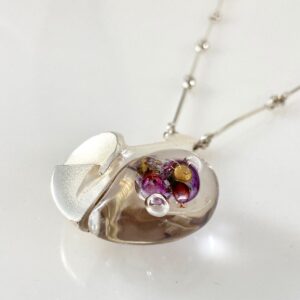 One person exhibitions:
One person exhibitions:
While he has been involved in exhibitiones in most European countries, in the United States, Canada and Australia, the following are some of his one person exhibitions:
- In Helsinki 1961, 1962, 1966, 1968, 1973 (Amos Anderson’s museum, sculptures)
- In Copenhagen 1963, Galerie Gatto, 1968 Bank Gallery, 1977 Illum
- In Gothenburg 1967, Röhsska Museet, 1977 Artium
- In Paris 1968, Galerie Clerc
- In London 1969, Finland House
- In Stockholm 1969, Galleri Claucus
- In Berlin 1973, Galerie Europa
- In Cologne 1973, Galerie Zeit + Wert
- In Munich 1974, Galerie Europa
- In New York 1974, Rosenthal Studio-Haus
- In Frankfurt am Main 1974, Paul Buchwaid
- In Hamburg 1974, Ruhdolf GmbH
- In Sydney 1974, David Jones Ltd.
- In Amsterdam 1975, Hotel Hilton
- In Quebec 1975, Galerie d’Art
- In Toronto 1975, Henry Rirks & Sons Ltd.
- In Ottawa 1975, Watch Clinie
- In New York 1976, H. Stern
- In Oslo 1976, Shipping-Klubben
- In Amsterdam 1977, Schaap & Citroen
- In Brussels 1977, Galerie de Greef
- In Turku 1978, Wåind Aaltonen museum
- In New York 1978, Aaron Faber Gallery
- In Palm Beach 1978, Galeria of Sculpture
- In Kensington 1978, 1. Magnin
- In Tokyo 1978, Gallery of Mikimoto
- In Hamburg 1979, Die Schatulle
- In San Francisco 1979, 1. Magnin
- In Beverly Hills 1979, 1. Magnin
- In Palo Alto 1979, 1. Magnin
- In Houston 1979, Boardwalk Gallerv
Several museums have purchased his work, amongst them are
- 1961 ‘Faiiry Castle’, a ring bought by Victoria and Albert Museum, London
- 1966 ‘Nike’, a ring bought in by Rdhsska Konstslbjdsmuseet in Gothenburg, Sweden
- 1980 ‘Kilimandiaro’, a pendant, ‘Zelcla’, a bracelet, and ‘Erosion”, a ring bought by The Royal Scottish Museum, Edinburgh
Some of the contests he has won:
- 1959 2nd and 3rd prize in cutlery design contest arranged by Hackman and Sorsakoski, Finland
- 1962 2nd prize in jewelry design contest arranged by the Finnish Jewelry Society
- 1964 Buying in Norstål contest in Oslo
- 1965 Grand Prix in the International Jewelry Contest arranged by the H. Stern Jewelry House in honour of the Rio de Janeiro Quartercentenary
- 1968 Lunning Prize
- 1972 Illum Prize
Some of the honors he has received:
- 1967 Medal for merit, number 22 of the Finnish Jewelry Society
- 1971 Pro Finlandia medal
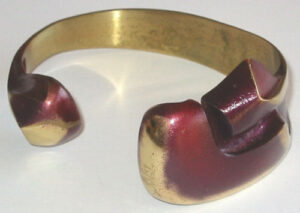
bronze partly eloxated, 1971.
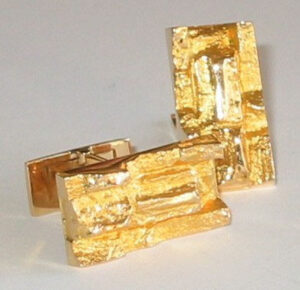
gold, 1960s.
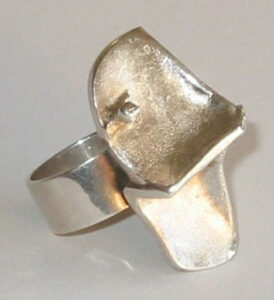
silver, 1960s.
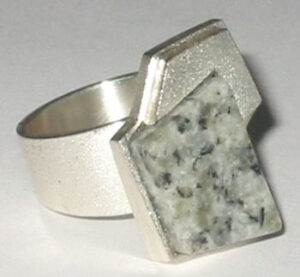
silver and Granite 1980s.
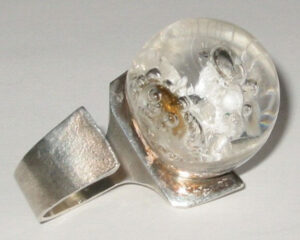
silver with acrylic, 1970s.
Table of Contents
Toggle